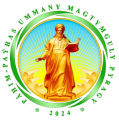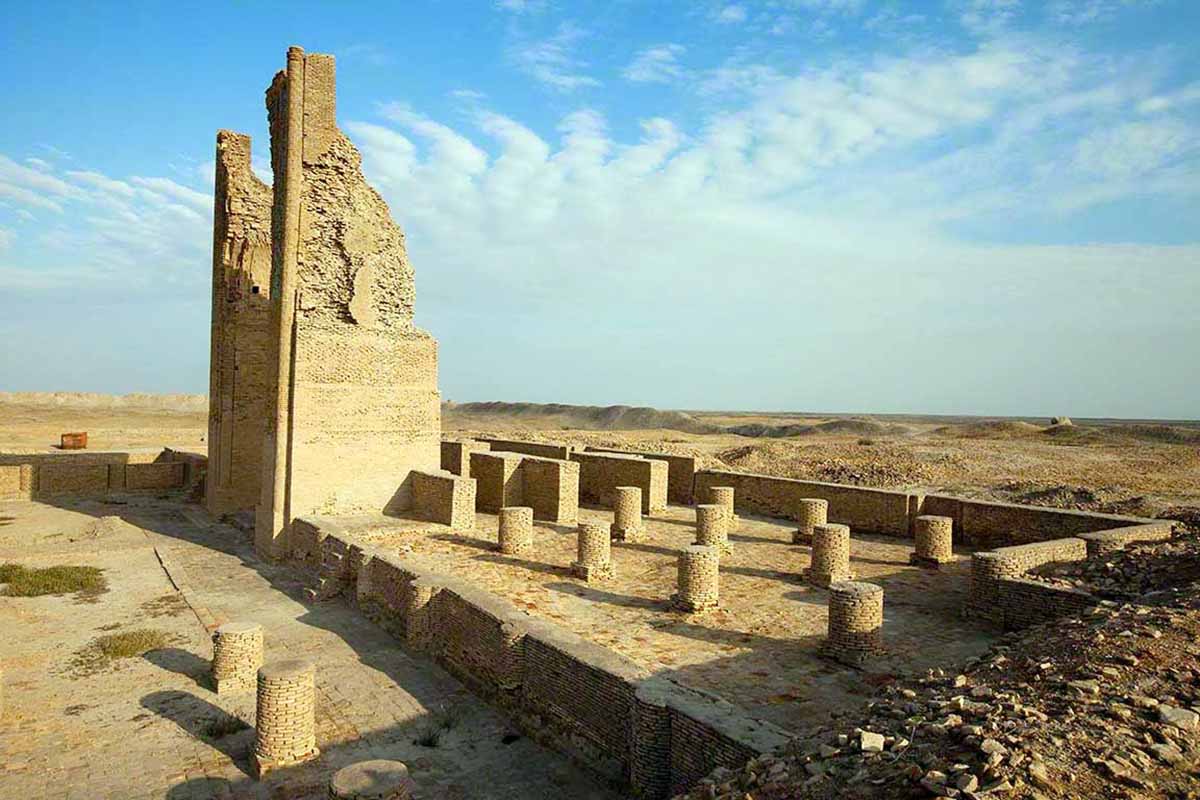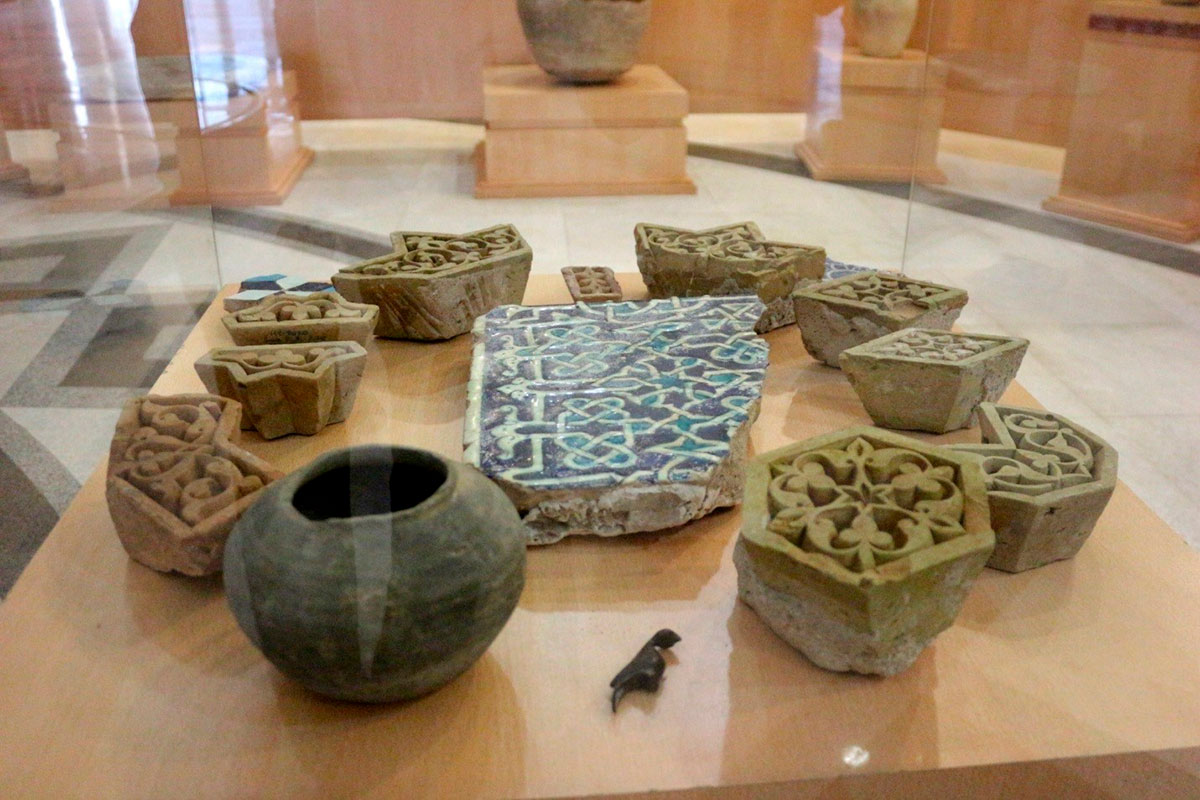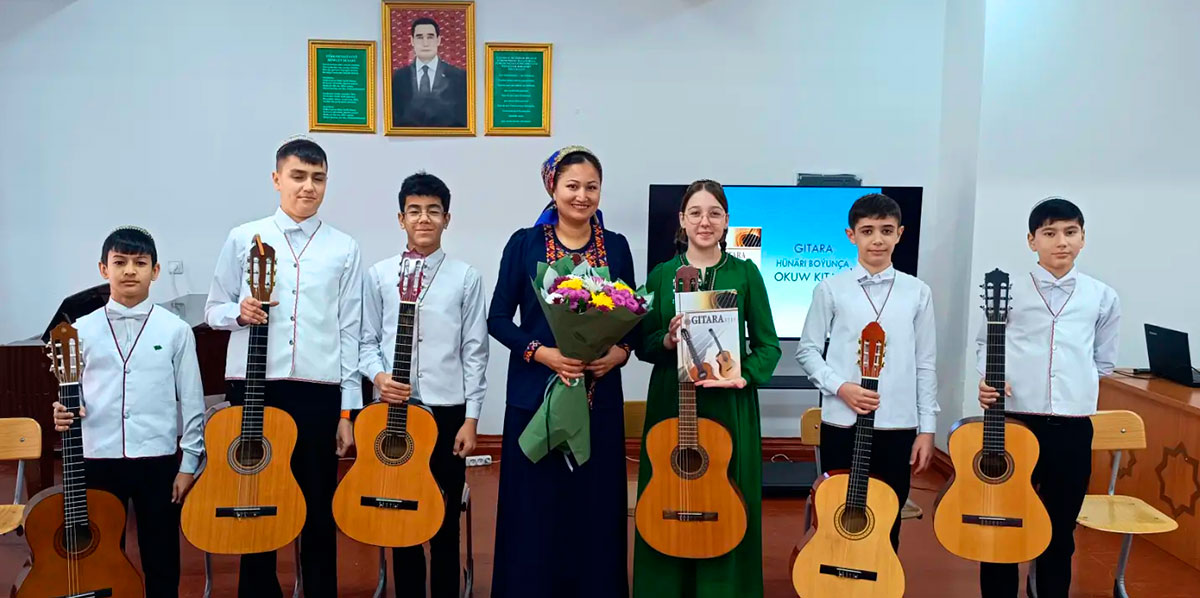The first European, who saw with his own eyes in spring 1830 the majestic ruins of Dekhistan, or as it is also called Mashad-Misrian, was the young officer of the English East India Company a lieutenant Arthur Conolly. The military servant returned from his vacation to India to the duty area via Moscow, the Caucasus and Iran. Going round the Caspian Sea in the south, he moved with caravan towards the Karakum desert. He couldn’t reach his goal – the route was dangerous enough, but by the way the officer discovered earlier unknown ancient city. Conolly was also first who described Mashad-Misrian, as well as narration of the Turkmen legends related to this city.
Only a few people for following forty years took notes about the city’s ruins, in fact, they short and poor. Dekhistan became seriously interested after poruchik of Krasnovodsk platoon Schetikhin in 1875 sketched the local ruins and published his pictures together with essay in the most popular then Russian magazine - weekly «Vsemirnaya illustratsiya».
The first photo of Mashad-Misrian were made by the governor of transcaspian region general Aleksandr Komarov. He was famous with his works dedicated to archeology, ethnography and nature history of Turkmenistan. One more photo session of the city made in the beginning of twentieth century the lieutenant colonel Boris Kastalskiy – later general, and one of the outstanding researches of history and archeology of the Central Asia.
Existence and integrity of these pictures, photos and publications allow us to hope that modern restorers will succeed with maximum reliability to restore the former appearance of monuments of Dekhistan.
Following fact shows the extent of importance of these evidences. When poruchik Schetikhin in 1875 saw the portal of mosque, still connected by an arch, he mistook it for the gate of the palace, unable to read the Arabic inscription on the facade. However, it was a rare event when due to the fragment which escaped by a miracle, it was able to determine who, when and why built this construction. the future academician Aleksandr Semyonov read and translated the inscription, which was laid from the glazed carved bricks, to Russian in the beginning of XX century. It turned out that the mosque was built at the khorezmshakh Muhammed II. In 1200–1220 he ruled the great empire with a capital in Gurganj (Kunya-Urgench), which also included the territory of Dekhistan.
Gradually, thanks to the efforts of prominent scientists, academicians Vasiliy Bartold, Aleksandr Semyonov, Mihail Masson, the history of this region began to become clear.
The lands of Dekhistan were used approximately for three thousand years. But it was not a continuous process: there were periods when the fields were abandoned, and after centuries the land was reclaimed.
Back in the middle last century, the archeologist Vadim Masson determined three historic epochs of existence of the Dekhistan oasis. The earliest is attributed to the bronze age (II millennium BC) and lasts till the end of antiquity, i.e., fall of Parthia.
The second epoch is related to the Sasanian Empire and covers III–VII century AD. This was the time when various cattle-breeding tribes, including the ancient Turks, penetrated here. The remains of their settlements in the form of huge swollen mounds can be found today in the vastness of the Misrian plateau.
And finally, the third epoch – from VIII to XIV century – left behind the most impressive traces. Numerous ruins of medieval Dekhistan remind of how densely populated this area was once until the water left these places.
The caravan route laid through Dekhistan from Khorezm to Persia along today’s Uzboy riverbed, and in the distant past - the arm of Amudarya river, which flowed into the Caspian Sea.
The archeologists, who have been successfully worked for several years on conservation of the monuments of Dekhistan and recently completed a project on restoration of the arch of mosque’s portal, still have to solve difficult tasks, set by the monuments of the ancient oasis.








